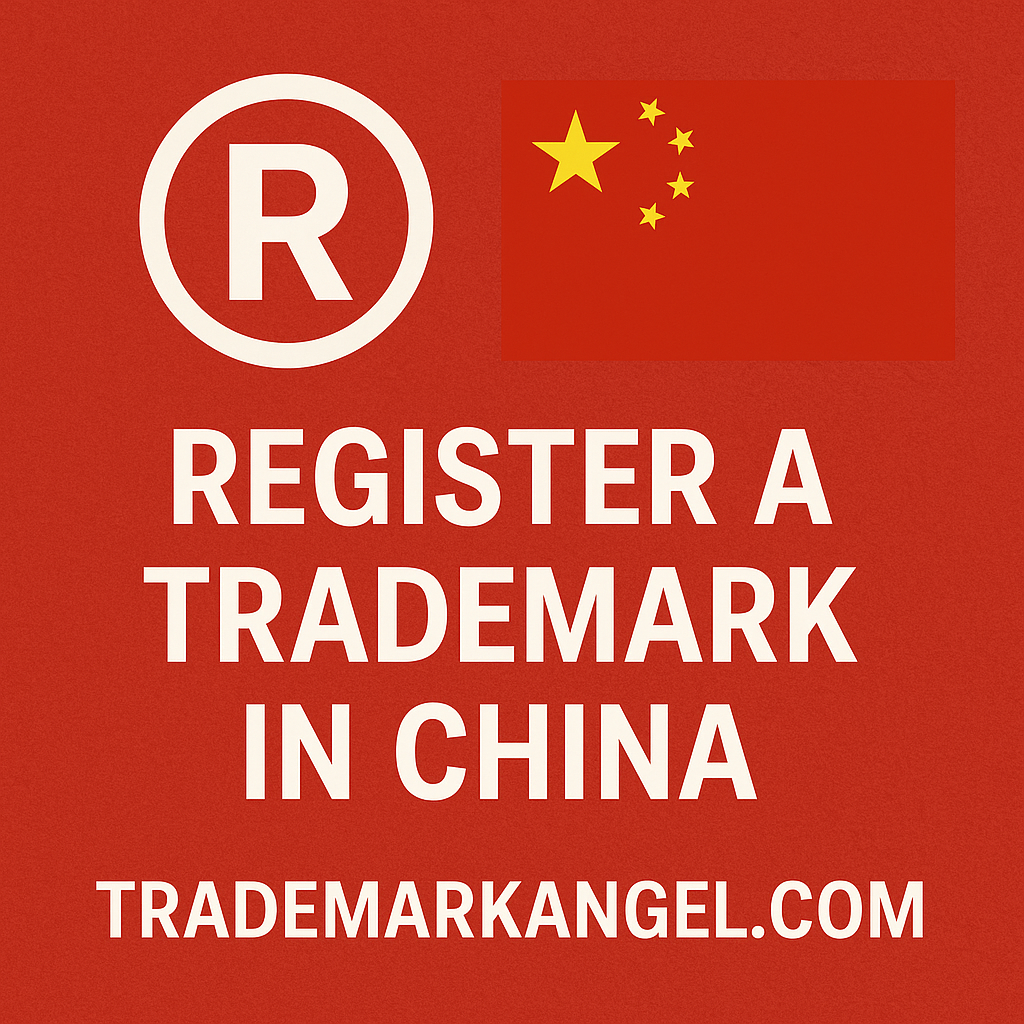
Can’t wait for your trademark registration? Here’s how you can expedite the registration process.
Expedite your trademark registration process
Everyone wants to register a trademark fast.
However, the process of securing a trademark registration is a long one: it can take up to 18 months in the United States and around 42 months in Canada. Moreover, these respective timelines may be affected by inevitable processing delays.
What exactly is taking forever before a trademark application matures into registration?
In general, a trademark application goes through a series of steps or stages before the trademark office grants it registration.
In this article, we will not tackle all the steps or stages in trademark registration; instead, we will focus on a specific stage which represents the bulk of the registration timeline: the trademark examination stage.
In the examination stage, an examining attorney or examiner reviews an application to determine whether it complies with all applicable rules and statutes.
Essentially, before an application is published, an examining attorney or examiner first conducts two distinctiveness tests: the inherent distinctiveness and the relative distinctiveness tests. The former test determines the strength of the mark, i.e., whether a mark is fanciful, arbitrary, suggestive, descriptive or generic; while the latter reviews whether there are identical or confusingly similar prior-filed or registered marks.
After about 8 months in the United States or within 26 months in Canada, the assigned examining attorney approves the application for publication, provided that such application complies with the applicable rules and statutes.
Otherwise, an office action or examiner’s report may be issued against a trademark application. It is in this case where the trademark registration deviates from the regular timeline and takes a longer route to registration.
An applicant who receives an office action or examiner’s report is usually given 6 months to respond to the stated issues. Thereafter, the trademark office takes another 1-3 months (in the US) and 3-6 months (in Canada) to respond to the concerned applicant. The process repeats until all pending issues are resolved or the application is considered abandoned for failure to resolve such issues.
In sum, trademark examination takes up 50% – 90% of the registration process timeline.
If there are complications, a delay of another 6 months, more or less, is expected.
As businesspeople, waiting a year or two or three for trademark registration can be frustrating because it has serious legal or business implications. Within this waiting period, a businessperson may want to attract investors, increase business valuation, enforce and stop trademark infringement, prevent loss of substantial profit, or even sell his company; but the delayed trademark registration costs him the opportunity to.
Fortunately, there is a remedy. As discussed, the trademark office generally examines applications in the order in which they are received.
In special circumstances, the examination stage can be expedited by means of a submitting a petition to make “special” (United States) or a request for expedited examination (Canada).
If such petition or request is granted, the relevant trademark office advances the initial examination of an application out of its regular order allowing the applicant to “jump the line”. It means receiving trademark registration about 5-6 months earlier in the United States or a 34-36 months (!) earlier in Canada.
Expedite the registration process
What are these special circumstances that allow expedited examination?
In the United States, the most common reasons for granting petitions to make “special” are:
- The existence of actual or threatened infringement;
- A pending litigation; or
- The need for a registration as a basis for securing a foreign registration.
Similarly, in Canada, the following are reasons for granting an expedited examination:
- There is a court action expected or underway in Canada with respect to the applicant’s trademark in association with the goods or services listed in the application;
- The applicant is in the process of combating counterfeit products at the Canadian border with respect to the applicant’s trademark in association with the goods or services listed in the application;
- The applicant requires registration of its trademark in order to protect its intellectual property rights from being severely disadvantaged on online marketplaces; or
- The applicant requires registration of its trademark in order to preserve its claim to priority within a defined deadline and following a request by a foreign intellectual property office. Note that in such cases the request will need to be attached to the affidavit or statutory declaration.
In both countries, an affidavit or statutory declaration – containing an explanation of why expedited examination is requested; and a statement of facts that shows that such special action is justified – is required.
If you are an Amazon seller and have a hijacker on your listing, we may be able to file such a petition, especially if you can prove that your sales have decreased as a result of the hijacker activity.
Expedite the registration process.
If you have business transactions that require trademark registration but are in an endless waiting game, requesting an expedited examination of your trademark application may work for you. Talk to us via chat or email for further assistance.
Update (as of December 30, 2024): After filing a petition to expedite, we have been able to successfully speed up the registration time of 95% of Canadian applications during the past 24 months. Here is one such application filed in September of 2022 and already registered in February of 2023 and another one filed in June 2024 and already registered in October 2024.





